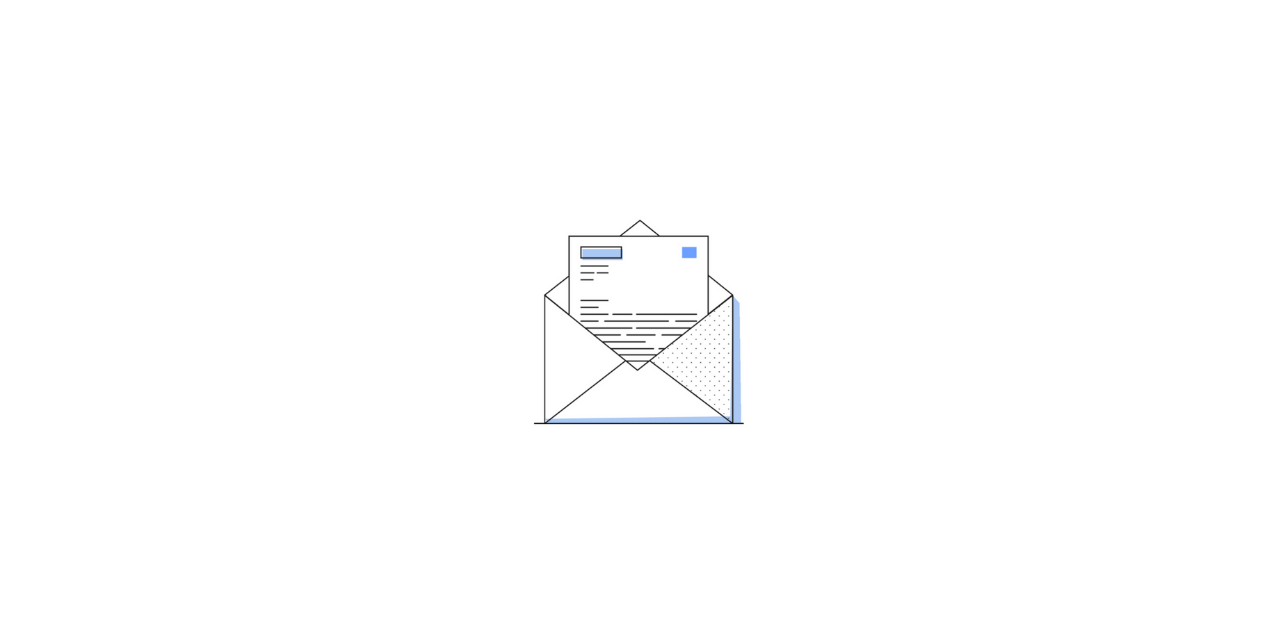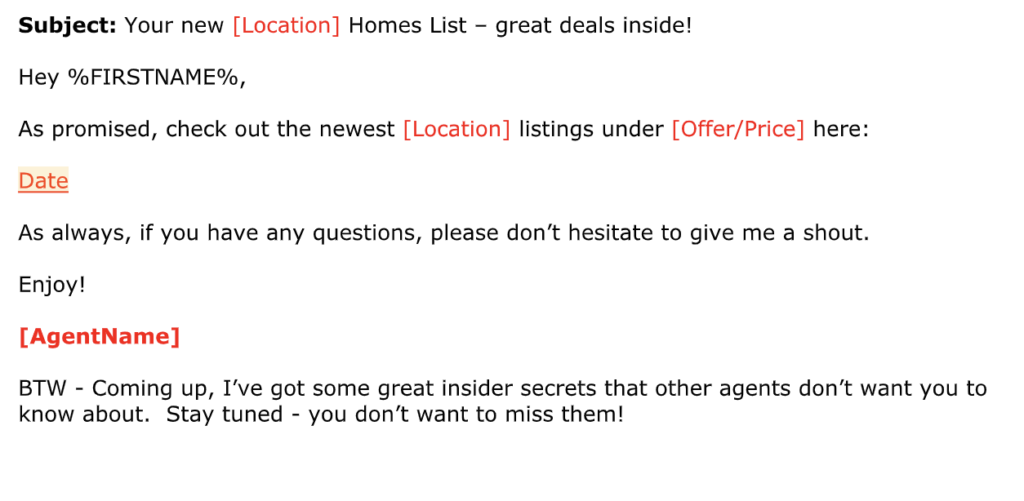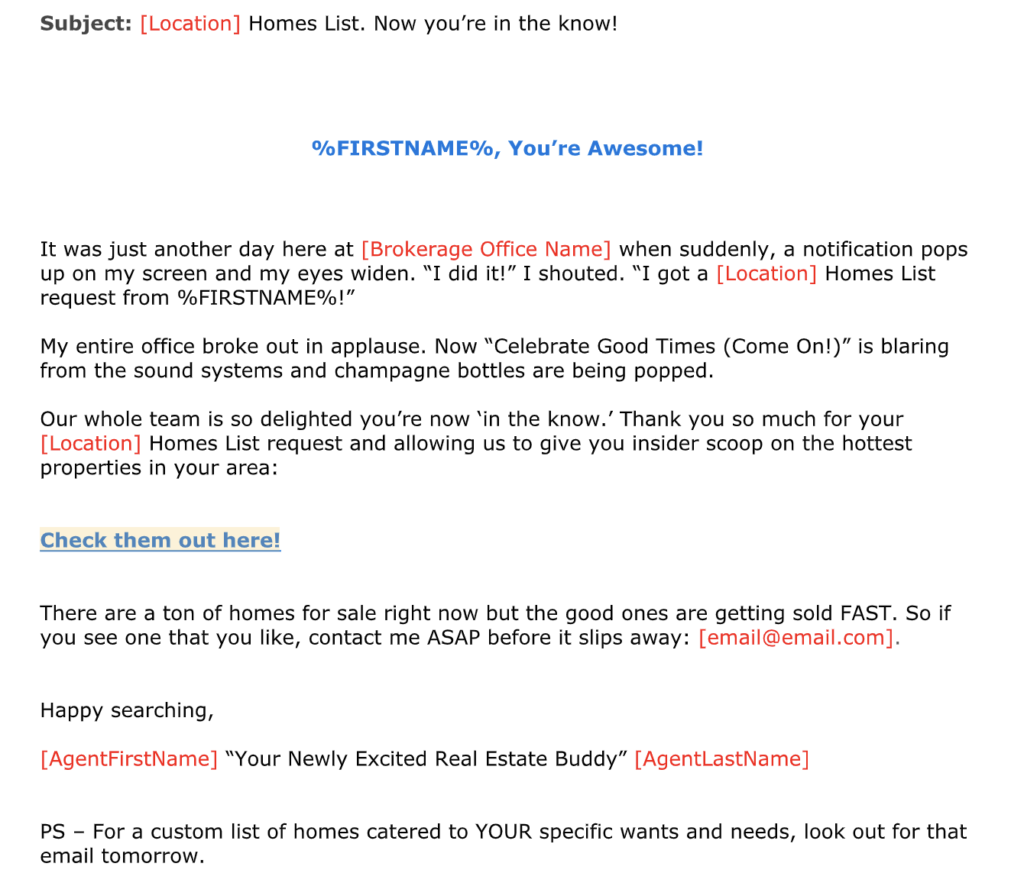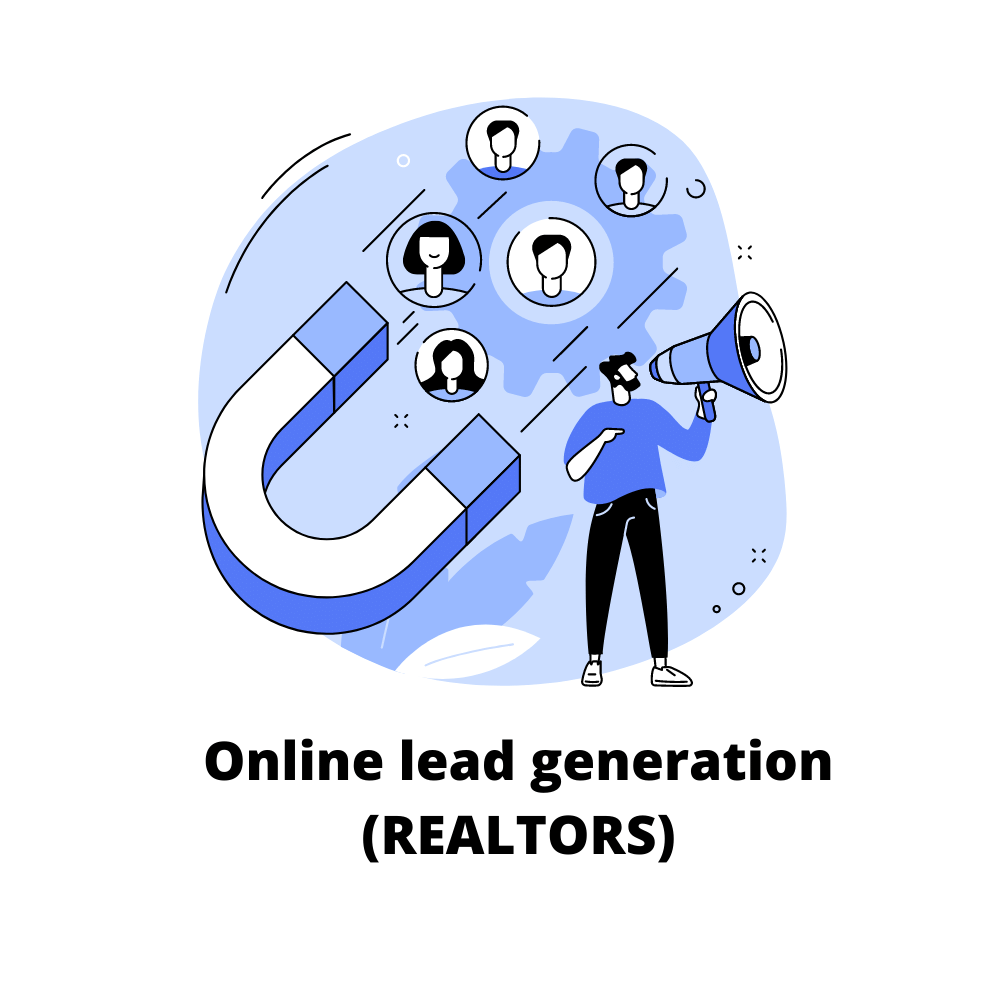Real Estate lead nurturing email campaigns are a vital part of any successful lead generation digital marketing strategy. These emails help to convert your cold leads to actual loyal clients.
Let’s be honest, generating leads via Facebook or Google is not a big deal for most of the real estate agents. However, nurturing those leads is a completely different story. This is where you are building a personal brand and sharing your real estate expertise. This is how you build a database of long-lasting clients.
What is Real Estate Lead Nurturing?
Lead nurturing is the process of building relationships with potential clients. It is the second stage of a sales funnel, called “Consideration” that comes right after awareness.
With a lead nurturing email campaigns in place, real estate agents are able to educate online generated leads, build awareness, build rapport and turn far more leads into valuable clients. These campaigns literally replacing a need of blog posts on the website since it is being delivered to the client’s inbox.
For each of our clients, we build a custom email nurturing campaigns for both sellers and buyers that last for up to 180 days. And this is all being sent automatically! Realtors literally not spending a single second of their time on manual follow-ups.
Where to get started
Now when we understand how to email nurturing works and why every real estate professional needs to implement it into their marketing mix, let’s talk about how to get started and the key elements of every nurturing campaign.
Think about the content
It might seem to be a time-consuming process but think about it in the long run. You only need to spend that time once. And going forwards just looking at how your hard work pays off!
It is crucial to develop different email nurturing campaigns for different client types: Seller, Buyer, Investors. Pre-construction. Every type has its own pain points that you can address and show your expertise in those areas.
Do not be afraid to A/B test email content. Try short emails and long ones. You might think “Who the hell gonna read long emails?”. Well, if the content is super valuable – everyone.
Again, give as much value as possible. Share your own knowledge and stay ahead of competitors with updated information!
Start with a welcome message
Whenever new leads appear in your customer pipeline, it is crucial to send a welcome message (email and text), confirming that you received their request and they will be contacted shortly.
This way, they will be informed that the form they submitted is legit and you care about them. Not to mention, potential clients will have your email and phone number in their possession and will be able to contact you immediately.
Here is a simple email/text example you can send to your new leads:
Hey {{contact.name}}! It’s Alex.
I just received your request regarding the listed property purchase.
When would be the best time to call you to discuss this?
Include an email signature
It doesn’t matter whether you are sending an email on behalf of your company or yourself, you should always add an email signature.
If you don’t, then your audience will simply think of it as another one of those bulk forwarded emails and move on to something else.
We suggest including the following:
- Full name
- Your title (i.e. Commercial and Residential Real Estate Agent of GTA)
- Phone number and email address
- Social media icons with links
Be ready to jump into the conversation
On average, we see about a 30-40% response rate for email nurturing campaigns. That’s why it is important to be prepared to answer any questions or concerns that your potential clients might have.
We strongly suggest you enable email notifications on your phone and closely monitor email activity.
Final thoughts
Remember that you invest your time not in the email content but in your leads to build trust with them and convert potential clients into loyal long-lasting customers.
You might also notice that the open rate is not great (20-30%). It is totally OKAY. There is no single person that will open every email he/she receives. Do not focus on open rates. Focus on the value you give in you emails




![[Research] How homeowners and housebuyers choose real estate agents](https://www.desa.ninja/wp-content/uploads/2022/07/Real-Estate-Research.png)

